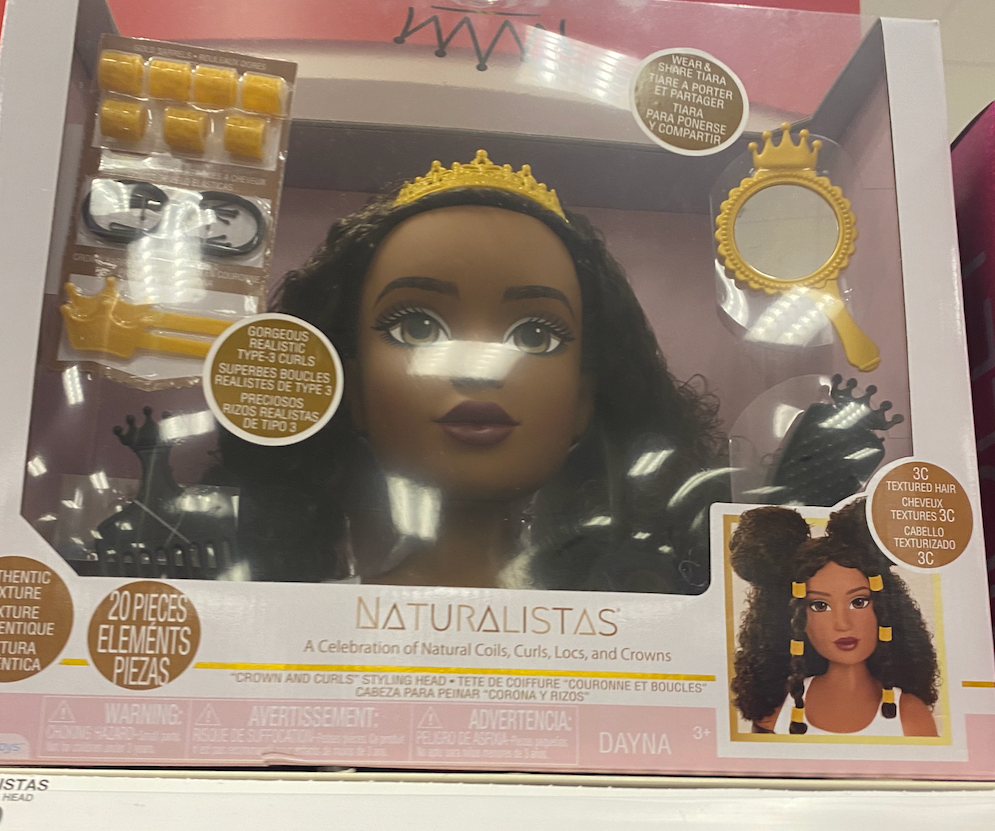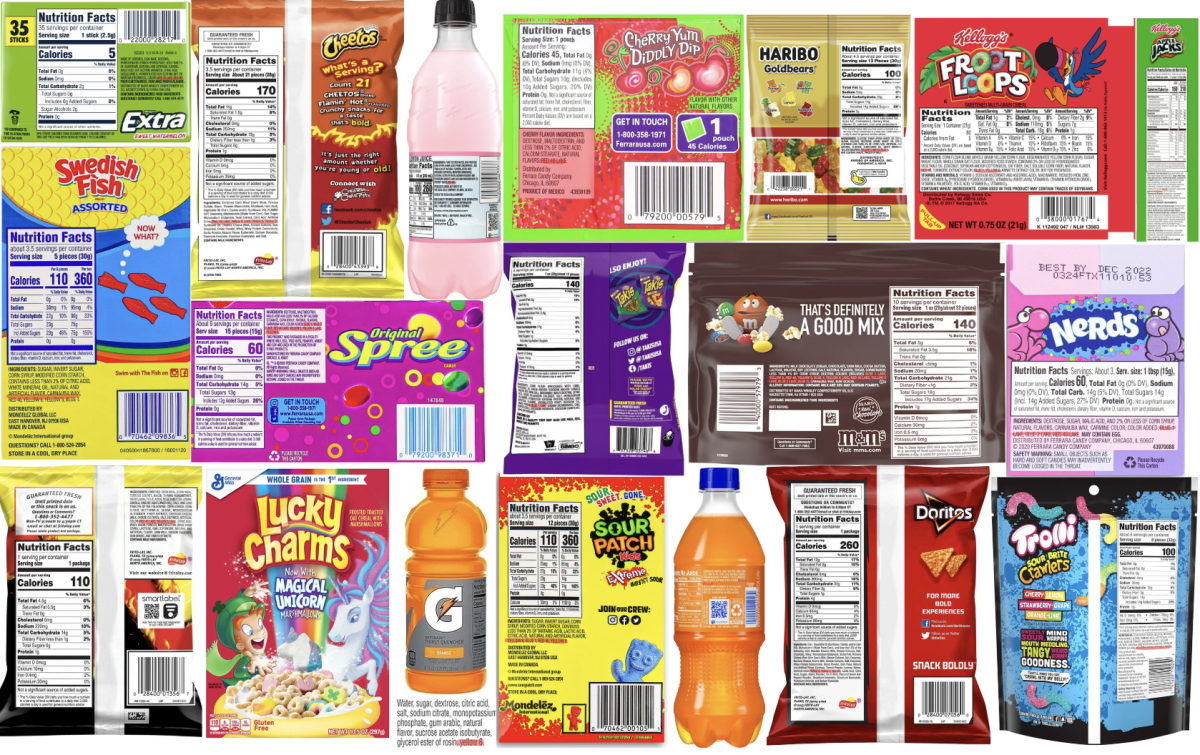Society has come a long way in more ways than one, but is a “long way” a stretch? As I was walking through the aisles of Target with my mom, we stumbled across the childrens toy section and noticed the Barbies. To our shock, the first toy we saw was an asian doll portraying a “Panda Care and Rescue Veterinarian.” At first glance, there’s nothing wrong with this doll – she’s promoting animal safety and advocating for women in the world of healthcare; but if you take more than just a minute to look at the toy, the issue will becoming seemingly apparent: the only Asian doll in the full aisle of toys from this company happens to be a “panda caretaker” with pandas on her shirt surrounded by bamboo sticks. This wouldn’t be an issue if, say, the “typical” Barbie (with blonde hair and blue eyes) also came in this set with that specific theme, but instead, those barbies portrayed ladies who were running errands, firefighters and gymnasts. This classic example of stereotyping is something you’d expect to see decades ago, but this is our reality. In 2024, we still are dealing with toys being promoted to young children with racist undertones and hurtful stereotypes. Could you imagine a child of color shopping for toys and coming across dolls that “look like them” only to succumb to having such a limited choice of variety? Barbie’s line of “You Can Be Anything” is now evident to be ironic – it seems you can only ‘be anything” if you fit the mold of the plastic beauty and race standard they are promoting.
“Why couldn’t they put her in a regular environment?” Said sophomore, Demi Banjo. Banjo was appalled after seeing the pictures of the doll, “why does she have to be specifically a panda caretaker? She could still be a healthcare worker without the pandas being a part of it,” Banjo said. After examining the Barbie doll, I showed him a picture of dolls from the company Naturalistas, a brand that embraces natural curls and celebrates all hair types. “I would have definitely bought these dolls over the other ones, these ones are doing normal things in normal clothing.”
Let’s give Barbie the benefit of the doubt, maybe the company had the best intentions; they saw an opportunity for representation and maybe went the wrong route with it; but still had some form of representation nonetheless. But walking further down the aisle of Target, something else caught my eye; the only brown/tanner skinned doll was a “Hatch and Gather Egg Farmer” with chickens decorating her dress. Maybe it was a coincidence, but the only brown doll representing a farmer being surrounded by goats and chickens sends a plethora of hurtful messages regarding stereotypes to both young and older children when searching for representation in toys. What I find most ironic is that the bottom left corner of the boxes of both the Farmer and Veterinarian doll depicted the respective doll and a “typical” Barbie, with blonde hair and blue eyes, yet this doll cant be found anywhere on the shelves. Barbie advertises all types of demographics with professions, but when it comes to the actual doll, they seem to only have one race set for one stereotypical job.
“These dolls are racist. And the fact that the Barbie movie was so diverse just goes to show that Hollywood puts on a show – they show people what they want to see but they’re still making dolls like these,” said senior Devon Stevenson after being asked what his thoughts were on both of the dolls and the Barbie company in general. His statement on Hollywood’s artificial representation is an insight that can go even further, why is it that Barbie is still making these dolls? Why are stores like Target even putting them on the shelves? These questions are raised due to the insincere attempt Barbie had at representing people of color within their dolls. “These dolls are authentic, they’re real,” said Stevenson, after being shown the dolls from Naturalistas.
It can be agreed that, yes, society has made long and big strides towards inclusion and diversity through film, social media, toys and many more aspects – but this does not mean that we are anywhere near being completely culturally and socially respectful if significant businesses like Barbie keep producing and shelving dolls like these.









